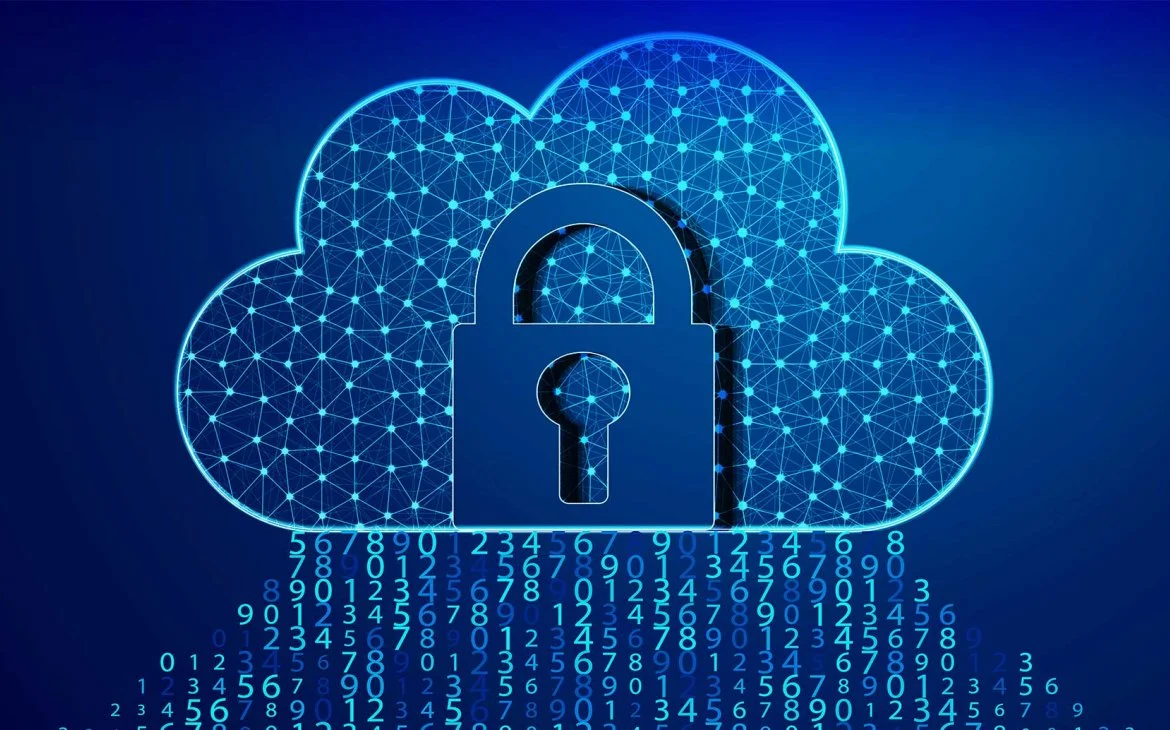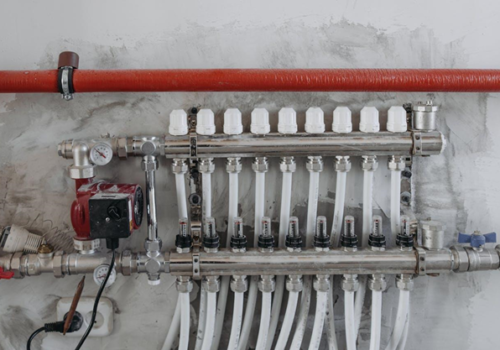Future of government cloud security – FedRAMP automation trends
The federal government is moving more of its technology infrastructure and data to the cloud. Security concerns remain a significant barrier to cloud adoption across federal agencies. Federal Risk and Authorization Management Program provides a standardized approach to security assessment, authorization, and continuous monitoring for cloud products and services used by the federal government. As agencies look to accelerate their move to the cloud, FedRAMP automation is emerging as a crucial enabler.
FedRAMP is a government-wide program that delivers a standardized approach for assessing and authorizing cloud computing services and products before their use by federal agencies. The FedRAMP security assessment process examines the robustness of a cloud service provider’s security posture and their ability to protect government data based on a comprehensive, baseline set of required security controls. Once a cloud service receives a FedRAMP authorization, government agencies leverage this existing certification instead of conducting individual security reviews. This “do once, use many times” framework saves federal agencies significant time and resources compared to a decentralized security authorization process.
Need for FedRAMP automation
The process of attaining and maintaining FedRAMP compliance remains complex and time-consuming. It takes 9-15 months for a cloud service provider to achieve an initial FedRAMP authorization. The extensive documentation and rigorous testing required make FedRAMP one of the most stringent security authorization regimes globally. While necessary to secure government data in the cloud, the complexity and effort involved are now driving demand for FedRAMP automation.
Trends in FedRAMP automation
- Automated security policy generation – Tools now auto-generate detailed security policy documentation required for FedRAMP based on questionnaires. It drastically reduces the time spent on creating compliance documentation.
- Machine-readable standards – The FedRAMP program management office has published machine-readable JSON versions of FedRAMP security control baselines. It allows controls to be ingested directly into automated security platforms.
- Security posture APIs – Cloud platforms provide APIs to access security posture data required for FedRAMP audits. Automated tools can continuously analyze this data to speed up security assessments.
- AI-powered authorization management – AI techniques are applied to streamline FedRAMP continuous monitoring. Machine learning algorithms analyze posture data to detect changes, prioritize risks, and trigger remediation faster.
Key players in FedRAMP automation
A growing ecosystem of vendors provides software tools and services to automate aspects of FedRAMP readiness, assessment, and ongoing authorization.
- Policy management platforms generate FedRAMP system security plans.
- C3PAO provides fedramp certifications as a service to guide CSPs through authorization.
- StrikeGraph delivers continuous cloud security monitoring across FedRAMP control requirements.
- Some AI-based platforms for automating FedRAMP continuous monitoring.
FedRAMP automation is key to enabling the federal government to migrate critical systems and data to secure cloud environments at scale. The latest automation technologies powered by AI and machine learning provide real momentum to accelerate FedRAMP adoption across agencies. Standardizing how federal organizations view and consume cloud services is also critical. The planned StateRAMP initiative for state governments to leverage FedRAMP amplifies these gains in cloud security assessment efficiency. As automation reduces the friction in FedRAMP processes, government agencies can realize the cloud’s full potential to deliver secure, resilient, and innovative digital services.





